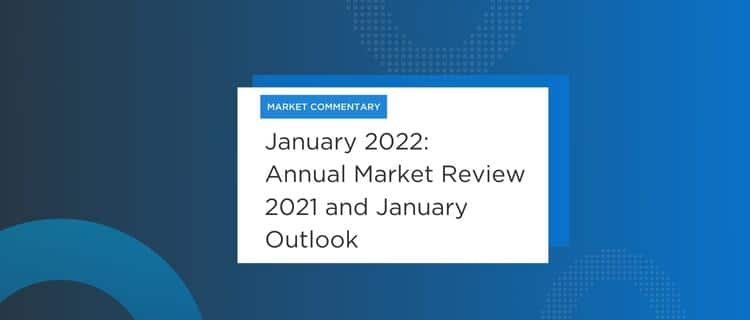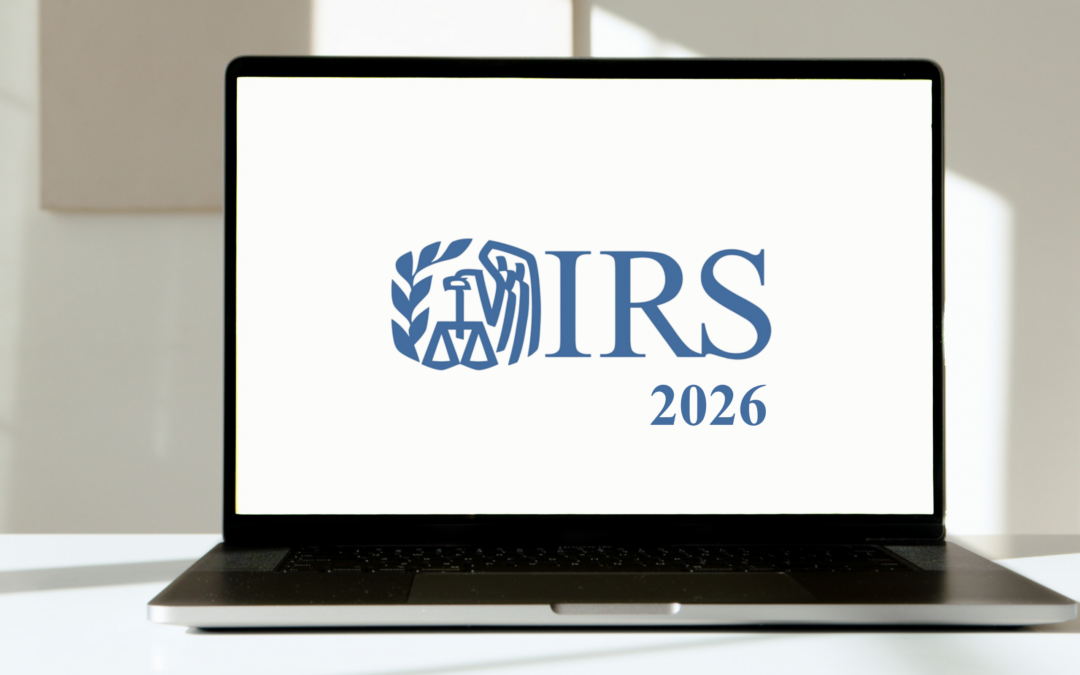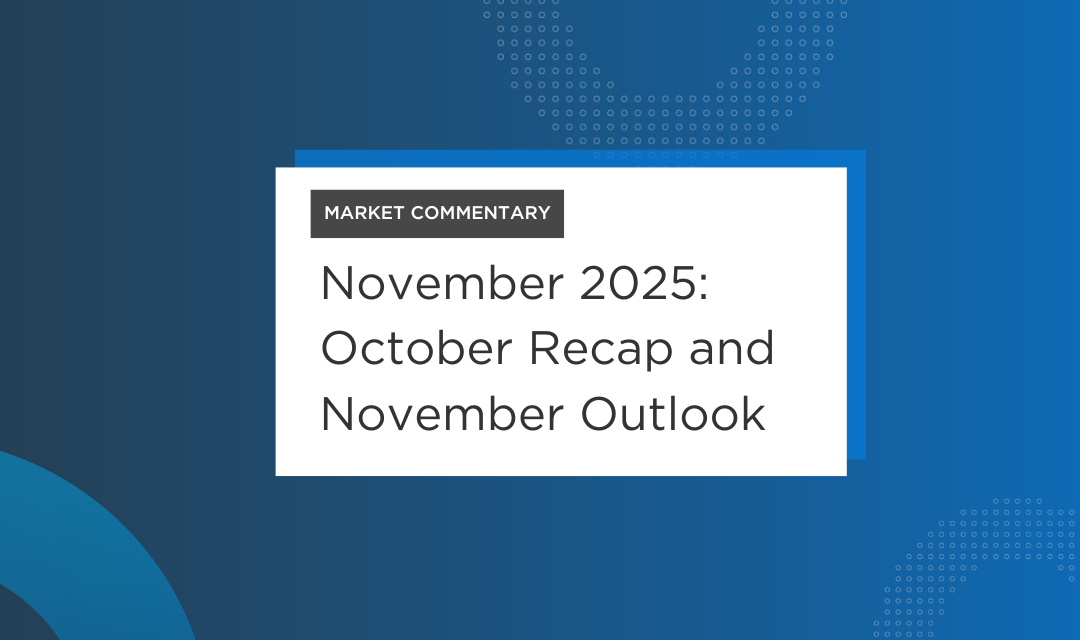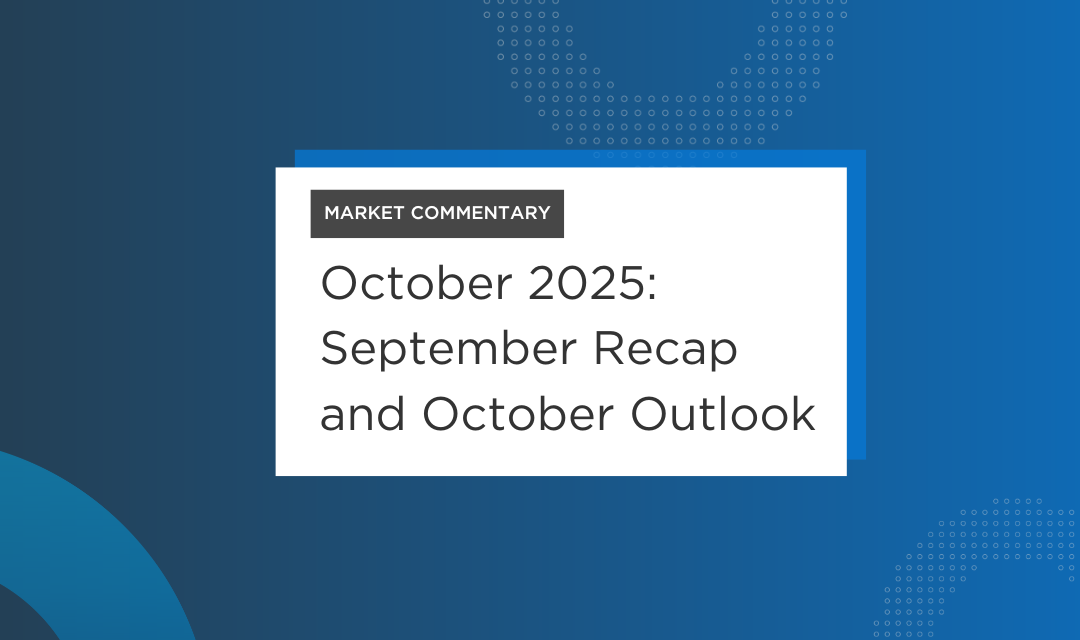2021 was a year of extreme change. January saw the inauguration of President Joe Biden, but not before protesters sieged the United States Capitol. Despite the initial tumult, the year began with hope that increased availability of coronavirus vaccinations would lead to the end of the pandemic. Unfortunately, throughout the year, the emergence of virus mutations, coupled with the uneven distribution of vaccines, saw millions more people become ill or perish after contracting the virus.
Nevertheless, several of the world’s largest economies enjoyed notable recoveries. In the United States, two additional rounds of stimulus payments in the first quarter helped line consumers’ pocketbooks, which led to rapidly increasing demand for goods and services. Historically low lending rates and a rise in remote work increased the opportunity for consumers to spend.
However, the rapid economic turnaround brought with it a historic surge in consumer and producer prices, labor shortages, and global supply-chain bottlenecks. Low interest rates and stimulus measures adopted by the Federal Reserve gave people more access to money and buying power. Personal income increased as did personal consumption expenditures. Corporate earnings were strong, despite labor and supply shortages and lingering economic uncertainty caused by the pandemic.
U.S. inflation reached a nearly 40-year high late in the year, as growing consumer demand was stunted by pandemic-related supply constraints. Historically low mortgage rates helped propel the housing market, as both the number of residential sales and property values escalated. Energy prices, particularly gas prices, rose by nearly 50%, as crude oil reached more than $80 per barrel for the first time since 2014.
An influx of day-trading investors collided with hedge-fund investors and Wall Street professionals. So-called “meme traders” manipulated stock prices from their sofas through collaborative investing on social media platforms.
Cryptocurrency also gained more mainstream acceptance and attention in 2021, with a market cap of all cryptocurrencies topping $3 trillion. The rapid growth of cryptocurrency also led to more government scrutiny. China’s central bank declared all cryptocurrency-related transactions illegal as that country was determined to crack down on the industry.
U.S. economic recovery was highlighted by job growth and dwindling unemployment claims. Employment gains averaged over 550,000 per month in 2021, while weekly jobless claims fell to a 52-year low in December. Despite increasing numbers of COVID-related cases, the stock market generally prospered, with each of the benchmark indexes posting year-over-year gains. Each of the market sectors also ended 2021 in the black.
Eye on the Year Ahead
A difficult question that advisors frequently hear from clients is “What returns can we expect from equities (stocks) and other asset classes?” After 10 years of the S&P 500 averaging over 16% annualized total return, the next 5-10 years are unlikely to provide the same level of returns.
Click here, you will find Blackrock’s 5-Year capital market assumptions which provide some context for what the world’s largest asset manager is planning for over the medium term. These assumptions are built by using current valuations along with projected earnings growth and dividend yields.
Given today’s high starting valuations and relatively low dividend yields, the projections are considerably lower than returns we have experienced in recent history. While these are only projections that may or may not align with future reality, they serve to guide portfolio construction and financial planning.
What are we doing from an investment management perspective?
The best course of action based on decades of historical data and research is to maintain a broadly diversified portfolio with exposure to large and small cap stocks, domestic and international stocks, value and growth stocks, etc.
Within our stock portfolios, we look for areas to tilt toward higher risk adjusted opportunities. For example, we implemented a tilt towards emerging markets in 2021 and continue to view this as prudent for the medium to long-term investor. However, we continue to maintain broad exposure to the global market in order to capture the majority of overall stock market returns. The largest driver of portfolio returns will be defined by the overall asset allocation, i.e. the percentage of stocks, fixed income, and alternatives—not the specific sector or security selection within those asset classes.
TCG will continue to review and build on existing strategies as well as seek out additional opportunities and solutions where necessary. We advocate continuing to review your financial plan with your advisor in the context of potentially lower returns in the future and how these may impact your personal goals.
Financial assistance is available! Get matched with a Financial Advisor:
Disclosure:
Investment advisory services offered through TCG Advisors, an SEC registered investment advisor. Insurance Services offered through HUB International.
Although the information in this blog has been compiled from data considered to be reliable, the information is unaudited and is not independently verified.
Different types of investments and investment strategies (including the investments purchased and/or investment strategies devised by Advisor) involve varying degrees of risk, including the complete loss of principal invested, and there can be no assurance the future performance of any specific investment, investment strategy or product detailed in this report will increase in value, be profitable or equal any corresponding indicated historical performance level(s).



